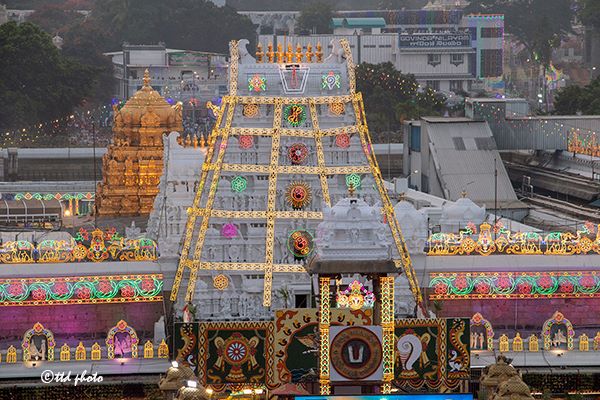Kalyanotsava Mandapam or Kalyana Mandapam The lush green forests of Seshachala house, Sri Venkateswara Swamy, who is also revered as Perumal, Venkatachalapati, Tirumalesa, Govinda, Balaji, Srinivasa and many more names. Mandapams – Tirumala Temple The ancient temple of Lord Venkateswara in the hill shrine of Tirumala is an amazing complex of history, culture, and traditions. Almost Read More
Tag: Dwajasthambha mandapam
Kalyana Mandapam – Inside Tirumala Temple
Kalyana Mandapam or Kalyanotsava Mandapam The lush green forests of Seshachala house, Sri Venkateswara Swamy, who is also revered as Perumal, Venkatachalapati, Tirumalesa, Govinda, Balaji, Srinivasa and many more names. Mandapams – Tirumala Temple The ancient temple of Lord Venkateswara in the hill shrine of Tirumala is an amazing complex of history, culture, and traditions. Read More

